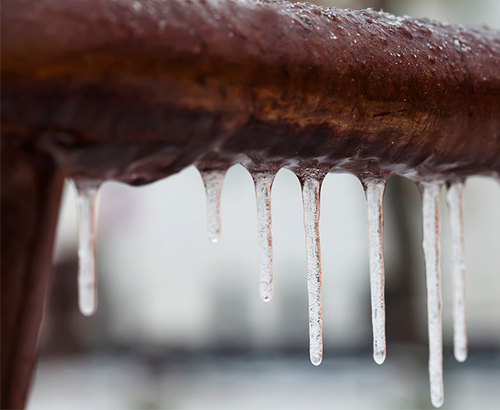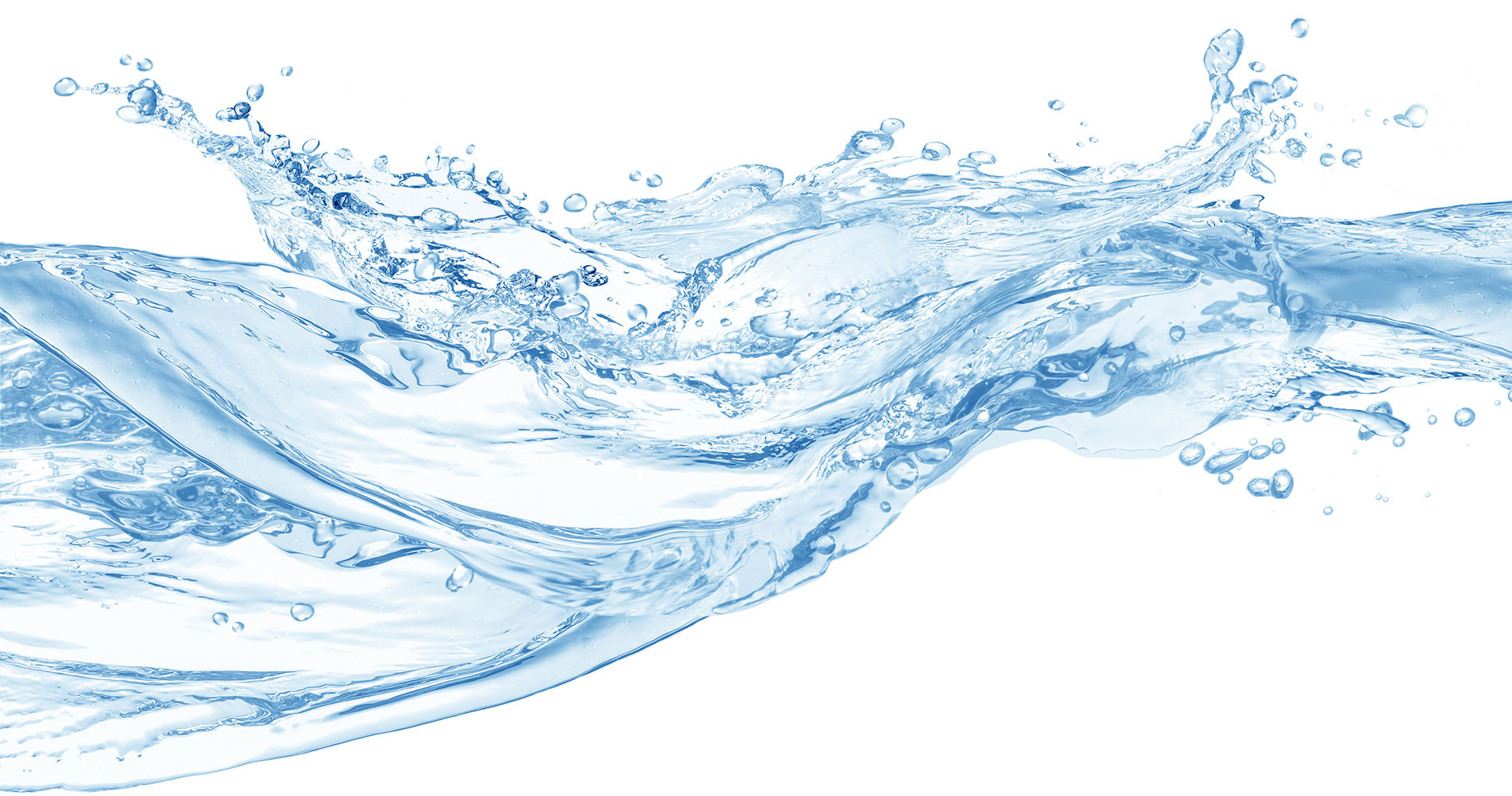Frozen Pipes
Baby it’s cold outside! The freezing temps have decided to start early and give us a wake up call before we got to 2018. Everyone knows that frozen pipes are a possibility but it’s a good idea to learn how to prevent water pipes from freezing and how to thaw them if they do freeze.
Preventing Frozen Pipes
- Open kitchen and bathroom cabinet doors to allow warmer air to circulate around the plumbing.
- Keep your thermostat set at the same temperature during the day and overnight.
- If you are traveling, don’t turn your heat off or so low that your pipes can freeze. It’s recommended that the temperature stay above 55° F.
- With extremely cold weather let cold water drip from the faucet served by exposed pipes. Even a tiny bit of water can save you a headache later.
 How to Thaw Frozen Pipes
How to Thaw Frozen Pipes
If you turn on the faucet and only a little water comes out, just assume it’s a frozen pipe. Most common places for frozen pipes are against exterior walls or where the water service enters your home through the foundation.
As you treat the frozen pipe and the ice begins to melt, water will begin to flow. Running water through the pipe will help the ice melt. Apply heat to the section using an electric heating pad wrapped around the pipe, a hair dryer, portable space heater or towels soaked in hot water. Please, skip the matches, blowtorches or propane heaters. Keep applying heat until full water pressure is restored. If you are unable to locate where the pipes have become frozen or the area is not accessible, it’s best to call a licensed plumber. Good news, McGowan Water has an exceptional Master Plumber, Pete, that can help you get back in working order.
And after all that, be sure to check your other faucets in your home to find out if you have additional frozen pipes. If one freezes, other may follow suit.

